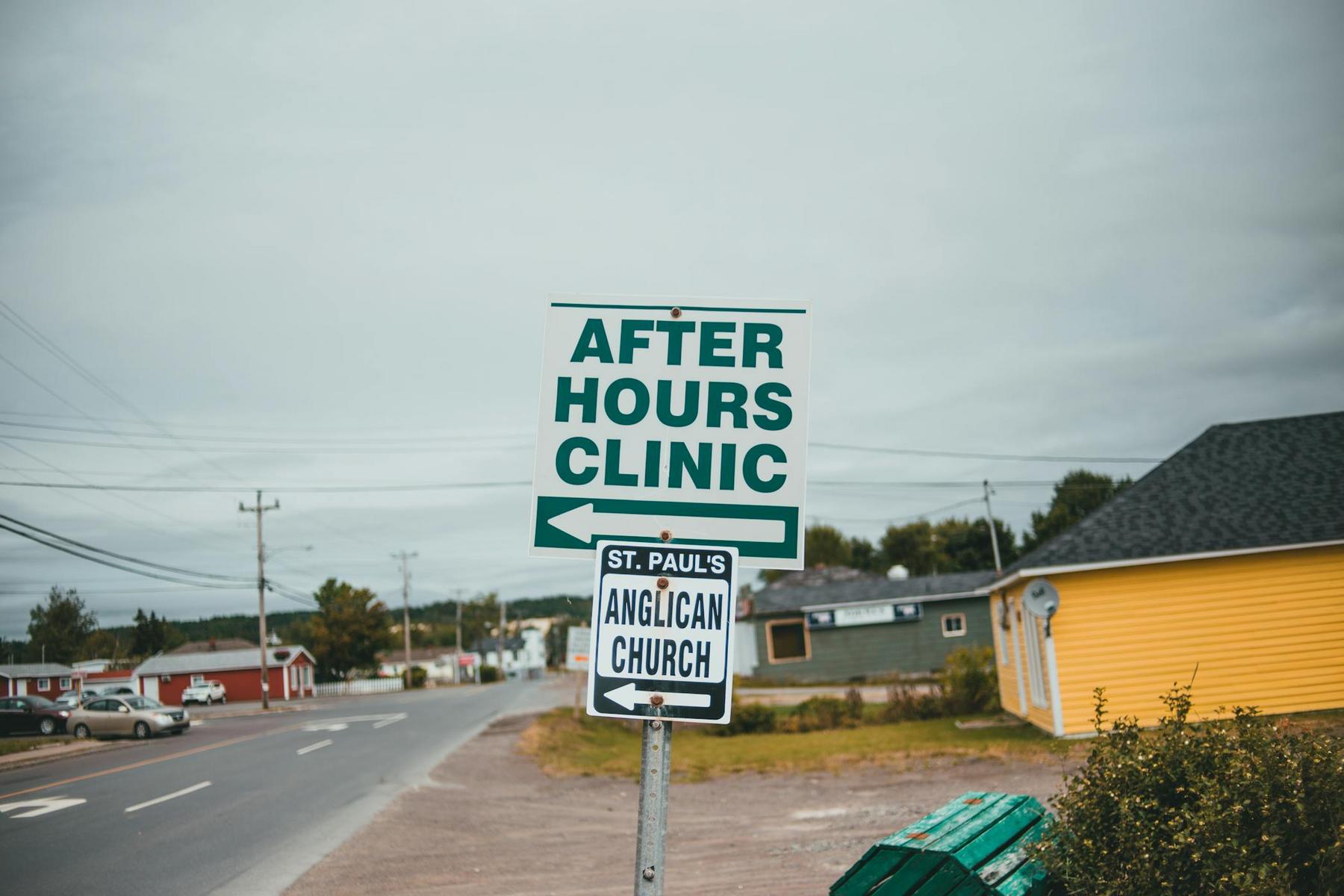Finding the right disability support provider in regional Australia can feel like navigating uncharted territory. While metropolitan areas offer numerous options, regional communities face unique challenges that can make accessing quality disability services feel overwhelming. Whether you’re in Cairns dealing with tropical weather conditions or Brisbane’s outer regions, understanding these challenges and knowing what to look for can make all the difference in securing the support you or your loved one deserves.
The stakes couldn’t be higher. With over 28,000 Cairns residents living with disabilities—and more than 10,000 requiring daily assistance—choosing the wrong provider can mean the difference between thriving independently and struggling with inadequate support. This comprehensive guide will help you navigate the complex landscape of regional disability services, understand the unique challenges, and make informed decisions that prioritise your specific needs.
What Makes Regional Disability Support Different from Metropolitan Services?
Regional disability support operates in a fundamentally different environment compared to metropolitan areas. The challenges begin with geography itself—vast distances, limited infrastructure, and dispersed populations create logistical hurdles that metropolitan providers rarely encounter.
In Far North Queensland, for example, the Modified Monash Model categorises much of the region as “Remote” to “Very Remote,” which immediately impacts service accessibility. NDIS participants in Cape York communities experience 34% lower therapy support access than their urban counterparts due to workforce deficits and transportation barriers. These aren’t just statistics—they represent real people facing genuine barriers to accessing the support they need.
The climate adds another layer of complexity. Cairns’ tropical environment introduces distinctive challenges that standard metropolitan service models simply don’t address. During monsoon seasons, 40% of participants experienced cancelled support sessions due to inundated roads in 2025 alone. Humidity exacerbates respiratory and mobility conditions for 60% of participants with physical disabilities, while standard wheelchairs fail in flood-prone zones, necessitating specialised equipment that’s only available through niche local suppliers.
Market Limitations and Service Fragmentation
Regional areas often struggle with what experts call “thin markets”—where demand fails to sustain diverse providers. This affects 67% of very remote communities, creating a domino effect of limited choice and reduced consumer leverage. When only one or two providers dominate a market, innovation suffers, and participants have little recourse if services don’t meet their needs.
| Service Aspect | Regional Areas | Metropolitan Areas |
|---|---|---|
| Provider Choice | Limited (1-3 options) | Extensive (15+ options) |
| Wait Times | 28% longer for equipment | Standard processing |
| Service Costs | 30-50% higher travel premiums | Standard NDIS pricing |
| Workforce Availability | 90% recruitment difficulties | 45% recruitment difficulties |
| Cultural Competence | Essential for Indigenous communities | Variable importance |
| Climate Adaptations | Critical for tropical/extreme weather | Minimal requirements |
How Do You Assess Your Specific Needs in a Regional Context?
Before diving into provider selection, it’s crucial to understand your unique needs within the regional context. This assessment goes beyond standard disability requirements to include environmental, cultural, and logistical factors that metropolitan residents rarely consider.
Environmental and Geographic Factors
Start by documenting how your regional environment affects your daily life. For Cairns residents, this means considering monsoon seasons, humidity impacts, and flood-prone areas. If you use mobility equipment, standard wheelchairs may not suffice during wet seasons—you’ll need providers who understand these challenges and can offer climate-adapted solutions.
Consider your transportation needs carefully. In regional areas, travel distances can be substantial, and some providers may not service your exact location. Document the maximum distance you can reasonably travel for services and whether you need providers who can come to you during extreme weather events.
Cultural and Community Considerations
Cultural competence isn’t just nice to have—it’s essential, particularly for Indigenous participants who comprise 5% of Cairns’ disabled population. If you identify as First Nations, prioritise providers with verified Aboriginal Disability Liaison Officers and partnerships with local Aboriginal Community Controlled Health Organisations.
Community connection matters differently in regional areas. Unlike metropolitan settings where anonymity is common, regional communities are tightly knit. The provider you choose will likely interact with your broader community network, making reputation and local relationships crucial factors.
Support Intensity and Complexity
Regional providers often need to be more versatile than their metropolitan counterparts. A provider who can only offer basic personal care might leave you stranded when you need complex behaviour support or allied health services. Map out your current needs and potential future requirements, considering that switching providers in regional areas is more challenging than in cities.
What Warning Signs Should You Watch for When Evaluating Regional Providers?
Identifying potential problems early can save you from months of inadequate support. Regional providers face unique pressures that can manifest in warning signs that differ from metropolitan red flags.
Workforce Instability Indicators
High staff turnover is epidemic in regional disability services, with turnover rates reaching 23% annually—triple the national average. Watch for providers who can’t introduce you to specific staff members, seem vague about who will provide your support, or frequently mention “filling positions.” If a provider can’t guarantee consistent support workers, your care continuity is at risk.
Pay attention to how providers discuss their workforce. Over 75% of regional providers report recruitment difficulties, rising to 90% for allied health professionals. A provider who dismisses these challenges or makes unrealistic promises about staff availability may not have sustainable workforce solutions.
Emergency and Crisis Response Gaps
Regional providers must demonstrate robust crisis response capabilities. During natural disasters, medical emergencies, or extreme weather events, you need providers who have thought through contingency plans. Warning signs include:
- Inability to articulate specific emergency protocols
- No backup power or communication systems
- Lack of mobile response teams
- No partnerships with local emergency services
- Vague answers about service continuation during disasters
Cultural Competence Deficits
For Indigenous participants, cultural safety isn’t optional. Warning signs include providers who haven’t invested in cultural training, lack partnerships with local Indigenous organisations, or seem uncomfortable discussing cultural needs. If a provider can’t explain how they incorporate cultural considerations into care plans, they’re not equipped to serve Indigenous clients effectively.
How Do You Evaluate a Provider’s Regional Expertise and Community Connection?
A provider’s regional expertise and community connection often determine their effectiveness more than their general credentials. This evaluation requires a different approach than you’d use for metropolitan providers.
Local Infrastructure and Adaptations
Genuine regional providers invest in local infrastructure that demonstrates long-term commitment. During site visits, look for facilities designed for local conditions—elevated ramps for flood-prone areas, generator backups for power outages, and climate-controlled equipment storage. These investments signal providers who understand and prepare for regional challenges.
Ask about equipment adaptations. Providers with true regional expertise will have examples of how they’ve modified standard equipment for local conditions. In Cairns, this might include humidity-resistant technology or flood-compatible mobility aids.
Community Partnerships and Networks
Effective regional providers embed themselves in local networks. They should have partnerships with local health services, participate in community disability initiatives, and maintain relationships with other service providers. A provider who operates in isolation can’t effectively coordinate your care or access community resources.
Look for providers who participate in local disability planning processes. In Cairns, this means involvement in the Disability Access and Inclusion Plan workshops. These partnerships demonstrate commitment to community-wide disability support improvement.
Crisis Response and Reliability
Regional providers must prove their reliability during challenging conditions. Ask for specific examples of how they’ve maintained services during natural disasters, staff shortages, or equipment failures. Providers with genuine regional expertise will have detailed stories about creative solutions and crisis management.
The best regional providers develop hyperlocal innovations. Advanced Disability Management, for example, has co-developed voice-controlled home systems with Cairns engineers to overcome humidity-related equipment failures and provides daily welfare checks during disease outbreaks using community health liaisons.
What Questions Should You Ask Potential Providers?
The right questions can reveal whether a provider truly understands regional challenges and can meet your specific needs. These questions go beyond standard provider interviews to address regional-specific concerns.
Service Delivery and Continuity Questions
- How do you maintain service continuity during extreme weather events?
- What backup systems do you have for power outages or communication failures?
- How far will your staff travel to provide services?
- What’s your average response time for emergency calls?
- How do you handle staff shortages or unexpected absences?
Regional Adaptation Questions
- How do you adapt standard equipment for local climate conditions?
- What partnerships do you have with local health services?
- How do you incorporate cultural considerations into care plans?
- What training do your staff receive about regional-specific challenges?
- How do you stay informed about local community resources?
Workforce and Stability Questions
- What’s your staff turnover rate?
- How do you recruit and retain qualified staff?
- What ongoing training do you provide to staff?
- How do you ensure consistent support worker assignments?
- What happens if my regular support worker leaves?
Cost and Value Questions
- How do you structure pricing for regional service delivery?
- What additional costs might I incur for remote service delivery?
- How do you handle travel costs and time?
- What’s included in your service fees?
- How do you ensure value for money in regional settings?
How Do Local Providers Compare to National or Metropolitan-Based Services?
The choice between local and national providers represents one of the most important decisions for regional disability support. Each approach offers distinct advantages and challenges that can significantly impact your experience.
Local Provider Advantages
Local providers like Advanced Disability Management offer several compelling advantages in regional settings. Their community embeddedness means they understand local challenges intimately. They’ve navigated monsoon seasons, developed relationships with local health services, and created solutions for region-specific problems.
Local providers often demonstrate higher participant satisfaction during crisis scenarios—32% higher in some studies. This stems from their ability to respond quickly, understand local conditions, and maintain service continuity when larger providers might struggle with logistics.
The innovation factor is significant. Local providers frequently develop creative solutions because they can’t rely on standardised metropolitan approaches. They might partner with local engineers to develop climate-resistant equipment or create unique service delivery models that work within regional constraints.
National Provider Considerations
National providers bring resources and standardisation that can be valuable. They often have robust training programs, established policies, and financial stability. However, they may struggle with regional adaptation and might not understand local nuances.
The key is finding national providers who’ve invested in regional capabilities. Look for evidence of local hiring, regional training programs, and partnerships with community organisations. A national provider that treats regional areas as afterthoughts will likely provide substandard service.
Making the Right Choice
The decision ultimately depends on your specific needs and preferences. If you value community connection, cultural competence, and crisis responsiveness, local providers often excel. If you prioritise standardised processes, extensive resources, and established systems, national providers might suit you better.
Consider hybrid approaches where national providers partner with local organisations to deliver regionally-adapted services. These partnerships can combine the best of both worlds—national resources with local expertise.
Moving Forward: Making Your Decision with Confidence
Choosing a disability support provider in regional areas requires careful consideration of factors that metropolitan residents rarely encounter. The decision impacts not just your immediate support needs but your long-term quality of life and community connection.
Remember that the cheapest option isn’t always the best value in regional settings. Providers who understand local challenges, invest in appropriate infrastructure, and maintain strong community connections often provide better outcomes despite potentially higher costs.
Take time to visit potential providers, speak with current participants, and verify their claims about regional expertise. The extra effort invested in selection can prevent months of inadequate support and ensure you receive services that truly meet your needs.
Consider that your needs may evolve, and regional provider switching is more challenging than in metropolitan areas. Choose providers who demonstrate flexibility, innovation, and genuine commitment to regional communities.
The regional disability support landscape is complex, but informed choices can lead to exceptional outcomes. Providers who understand regional challenges and adapt their services accordingly can provide support that exceeds metropolitan standards in many ways.
What should I do if there’s only one disability provider in my regional area?
Having limited provider choice is common in regional areas, but you still have options. First, thoroughly evaluate the available provider against your specific needs. If they don’t meet your requirements, consider providers from nearby regional centres who might travel to your area. You can also request NDIS plan reviews to explore alternative funding arrangements that might attract additional providers to your region.
How do I know if a provider can handle emergency situations in regional areas?
Ask specific questions about their emergency protocols, backup systems, and crisis response history. A reliable regional provider should have documented procedures for natural disasters, clear communication systems during emergencies, and partnerships with local emergency services. Request examples of how they’ve handled past emergencies and what contingency plans they have for different scenarios.
Are regional disability services more expensive than metropolitan services?
Regional services often cost 30-50% more due to travel expenses, limited competition, and infrastructure challenges. However, NDIS pricing should account for these differences. Be wary of providers who charge significant premiums beyond NDIS rates without clear justification. Focus on value rather than just cost—providers who prevent hospitalisations or provide consistent support often offer better long-term value.
How important is cultural competence for regional disability providers?
Cultural competence is crucial in regional areas, particularly for Indigenous participants. Regional communities are diverse, and providers must understand local cultural contexts to provide appropriate support. Look for providers with cultural training, Indigenous staff members, and partnerships with local cultural organisations. This is especially important in areas like Cairns where Indigenous communities form a significant portion of the population.
What happens if my regional provider loses staff or stops operating?
Regional provider instability is a real concern. Protect yourself by choosing providers with strong financial backing, low staff turnover, and transparent business practices. Develop relationships with multiple providers if possible, and maintain regular contact with your NDIS planner about provider performance. Having backup plans and emergency contacts can help bridge gaps if your primary provider experiences disruptions.



